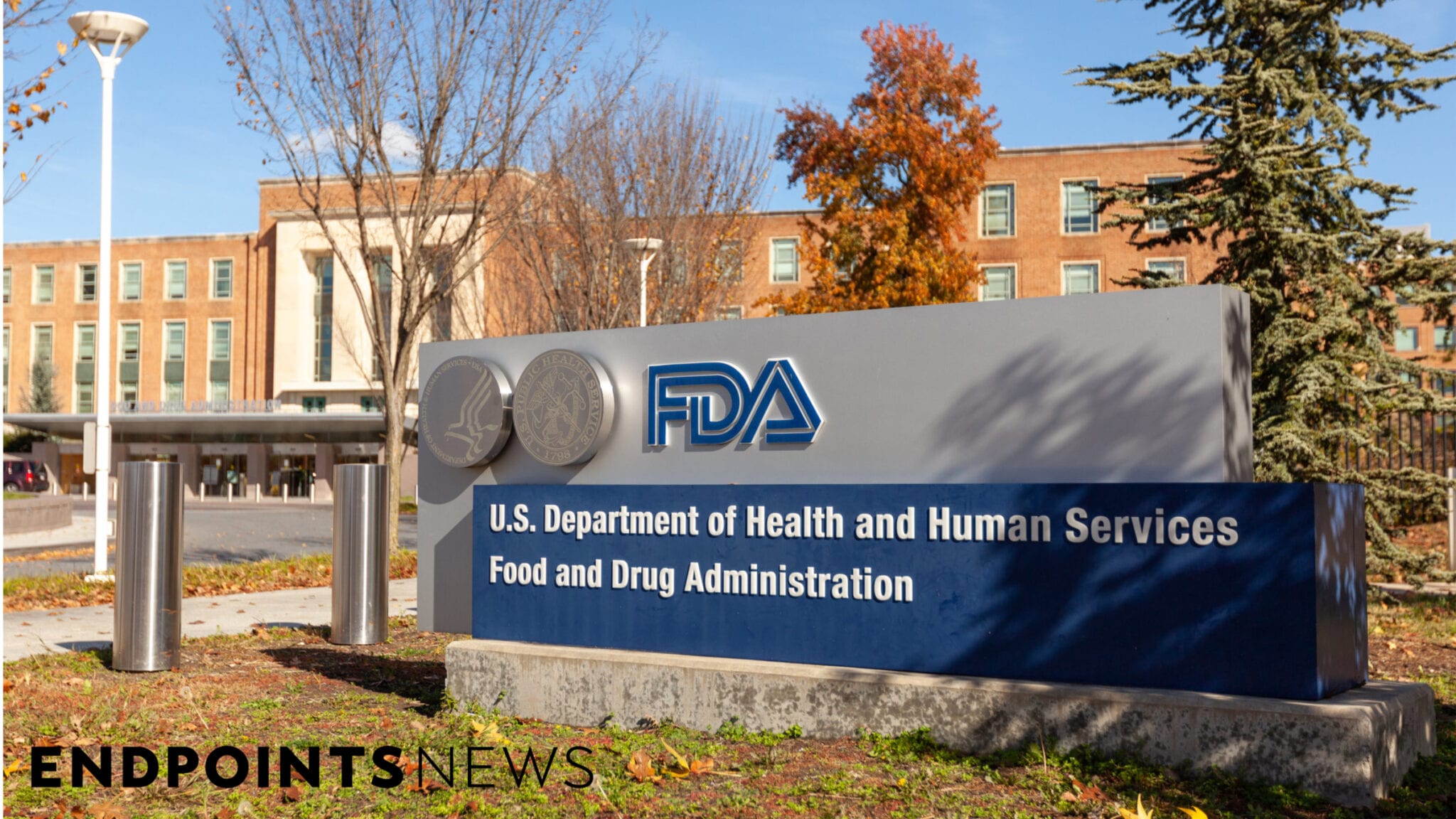New London – Since meeting Wanda Santiago about a year ago, Nydia Rodriguez has lost 20 pounds and managed to get her type 2 diabetes under control. That’s because Santiago, the Lawrence + Memorial Hospital bilingual diabetes advisor, taught Rodriguez, a former Puerto Rican nurse, about portion control, sugar substitutes, and cutting back on bread and pasta.
Santiago, who was also a nurse in Puerto Rico, has even connected Rodriguez to food banks that offer fresh fruits and vegetables.
“I speak to her almost every day,” said 64-year-old Rodriguez in Spanish, and her daughter Yolanda Mejias translated. “If I need anything, I’ll call you.”
L + M hired Santiago in 2019 as part of a concerted effort by the hospital, the city, local doctors, diabetes advisors and the Ledge Light Health District to improve the health of residents with diabetes. The need is urgent in the city, where 12% of adults have diabetes, compared with 9.7% across the state and 11% in the New London area. A 2019 report found that in the New London area, 25% of African Americans and 23% of those over 65 years of age have diabetes. 46 percent of Latinos are obese, which puts them at risk for type 2 diabetes.
Diabetes and other diseases are taking a heavy toll in the poorest neighborhoods of New London. Census data shows that the average life expectancy is 69 years. It’s 86 in nearby Stonington.
Dr. Mae Whelan, an endocrinologist at the Northeast Medical Group’s Diabetes and Endocrine Center in New London, said her patients face food insecurity, few safe places to exercise, language barriers and limited access to transportation. Your problems have worsened during the COVID-19 pandemic.
Ledge Light, the New London Senior Center, the hospital and Whelan’s practice all provide diabetes education, including by phone during the pandemic.
“This is the hardest chronic disease to treat because you need to know so much about it,” Whelan said. “You need to understand what blood sugar is, when to put a fingertip pen, when to take their medicine, and how to take them.”
According to the State Department of Public Health, adult diabetes in Connecticut rose from 6.9% in 2009 to 9.7% in 2018. Cindy Kozak, the coordinator of the DPH diabetes prevention and control program, said the state was working to bring that rate down, but it was challenging.
“Diabetes is a very expensive disease, both economically and in terms of personal pain and suffering, so efforts are being made to really bend that curve,” she said.
The state is spending $ 153,000 on a free Live Well with Diabetes program in many communities, including helping to curb diabetes. Connecticut residents are also taught by certified diabetes care and education specialists in diabetes awareness centers across the state. These programs have been shown to lower A1C, a three-month measurement of blood sugar control, Kozak said.
“I ask doctors if diabetes education is a pill. Would you prescribe it?” She said. “There are no side effects and it’s a real benefit.”
A dangerous disease
Diabetes is the seventh leading cause of death in the United States and the leading cause of kidney failure, lower extremity amputation, and blindness in adults. Most people with diabetes have type 2, which is where the body doesn’t use insulin well. Five to 10% have type 1, which is when the body stops making insulin. Our body needs insulin to move glucose from the bloodstream into the body’s cells.
Growing up in Detroit, Reona Dyess saw her great-grandmother struggle with diabetes.
“The terminology I’ve heard in my family is ‘I’ve got sugar,'” said Dyess, who is black. When Dyess, a member of the New London City Council, was diagnosed with type 2 diabetes a dozen years ago, she was hit hard. “I hated that it happened and I was denied at first,” she said.
Now 56, Dyess needs two insulin shots a day. She said the diabetes classes in New London helped her be more mindful of what she was eating. She said she was thrilled last year when lawmakers passed a $ 25 monthly limit on insulin for those with state-regulated health insurance. When the law goes into effect next year, the cost of care for diabetes will also be capped at $ 100 per month.
Gretchen Edstrom, the education coordinator at Whelan’s practice, said some patients ration their insulin and medication because they can’t afford them. Some of the drugs that are best at controlling blood sugar cost $ 900 or more per month, she said.
“They say,” I knew I was running out of drugs so I only took half my dose, “Edstrom said.” It’s very myopic not to take these life-saving drugs. “
Dyess said she switched to cheaper but less effective over-the-counter insulin from Walmart in a year she didn’t have health insurance.
Highlighting healthy foods
When the pandemic closed a mobile pantry last spring, the city of Ledge Light, L + M and FRESH New London, an organization devoted to food security and farming in the community, launched a food delivery program for 170 on Friday Familys. They hand out 6,000 pounds of food a week, including 1,600 pounds of fresh fruits and vegetables, said Esther Pendola, coordinator of L + M’s Community Health Project.
“We’re trying to give them healthy options,” she said. “I think one of the difficult things about diabetes is that it’s expensive to eat like that.”
As the director of the New London Drop-In Learning Center, Dyess lets her students grow tomatoes that they bring home. She said the classes, food banks, farmers markets and community gardens all over New London are making a difference to people with diabetes.
“I see us going in a better direction,” she said.
This story was made in partnership with the Conn. Health I-Team (www.c-hit.org) reports, a nonprofit news organization focused on health reporting.











